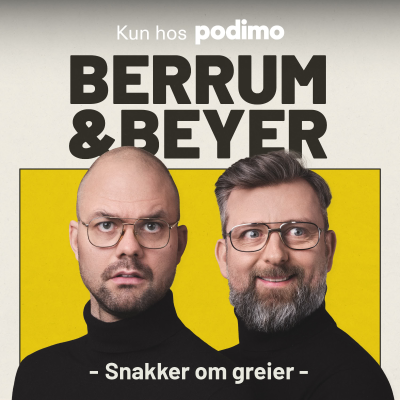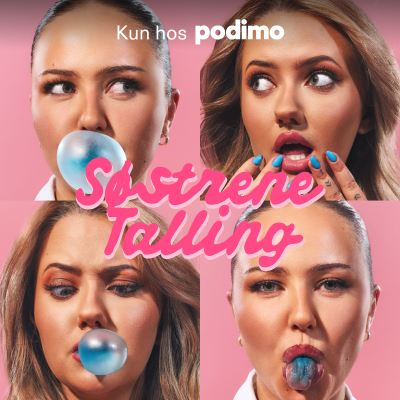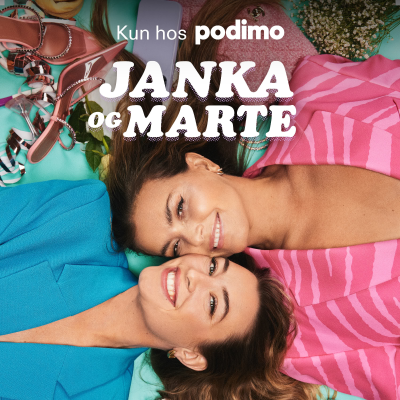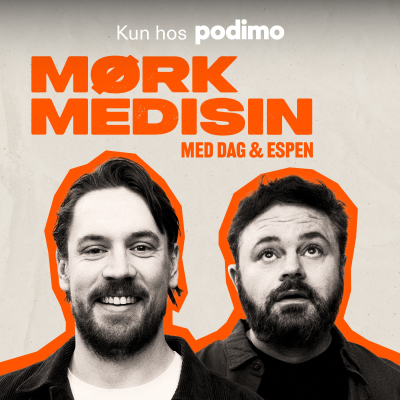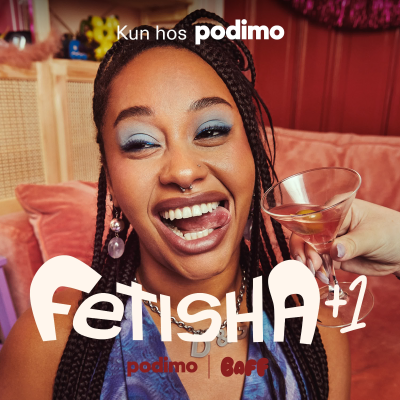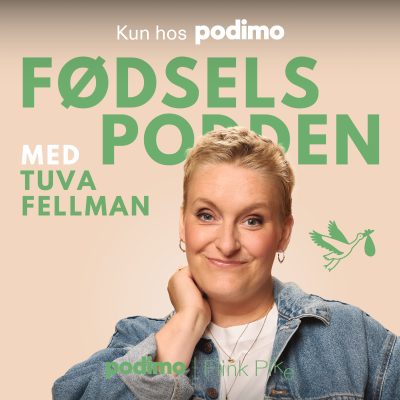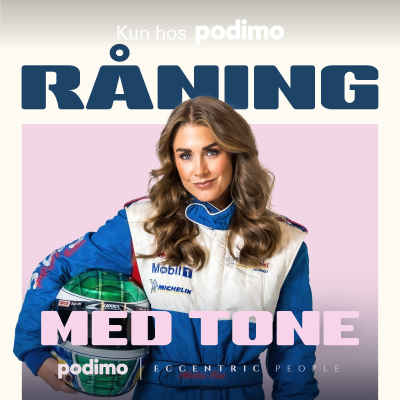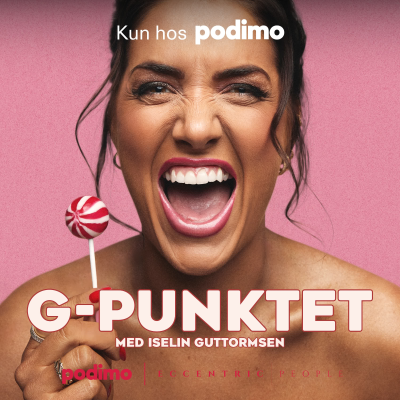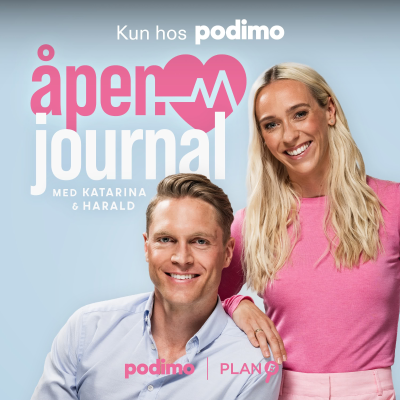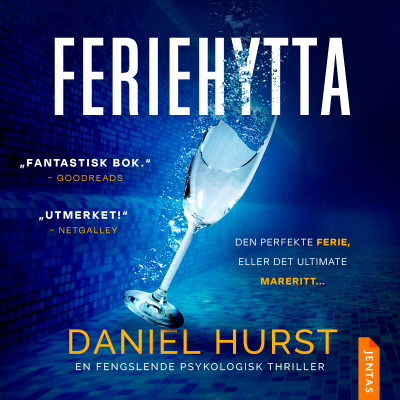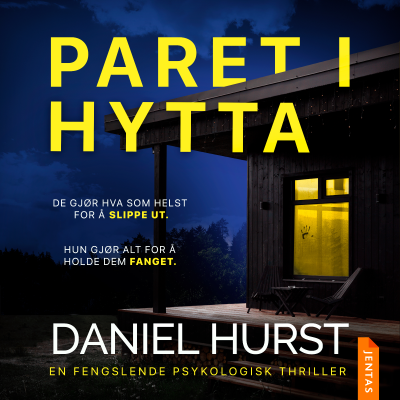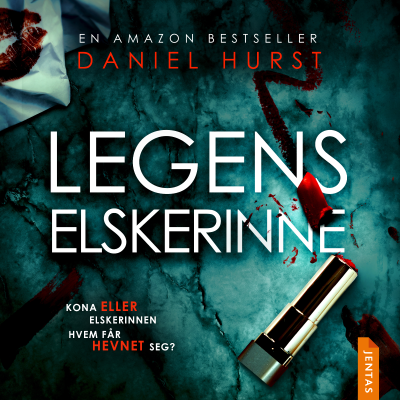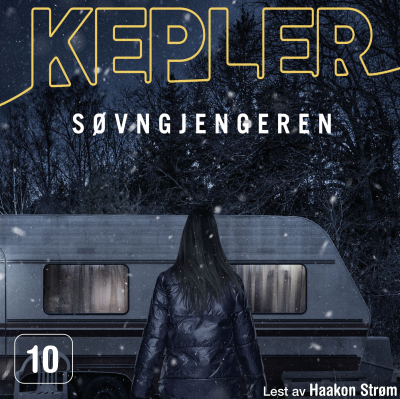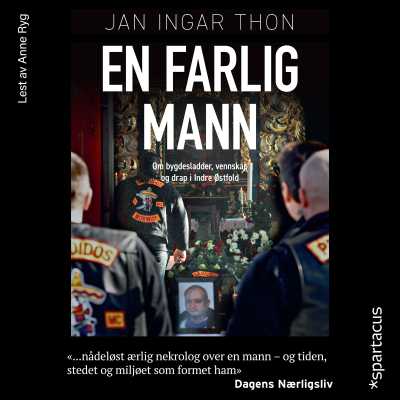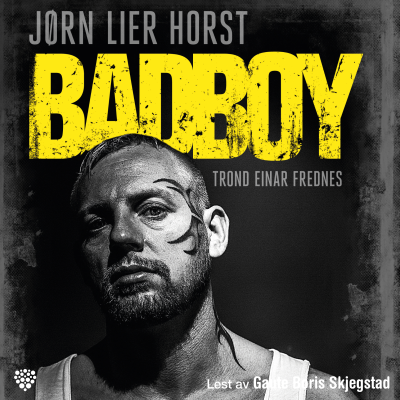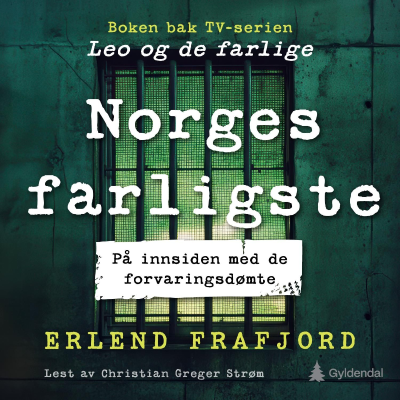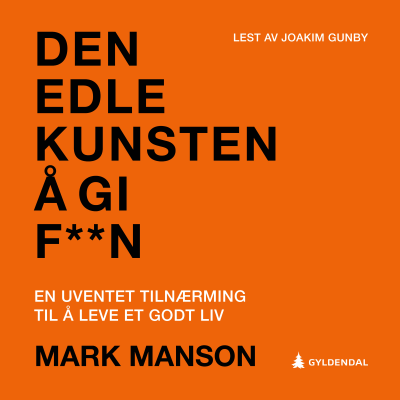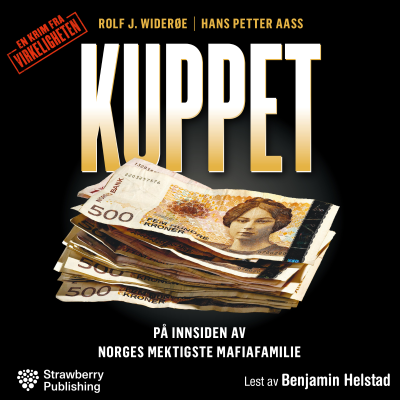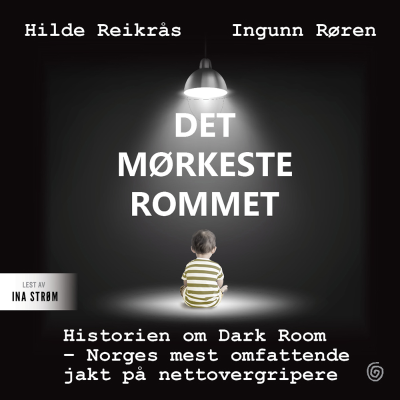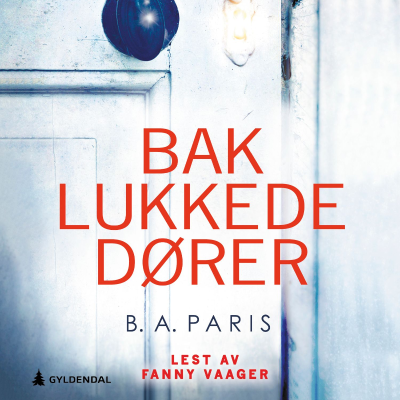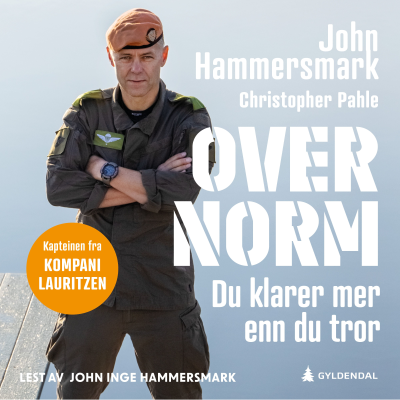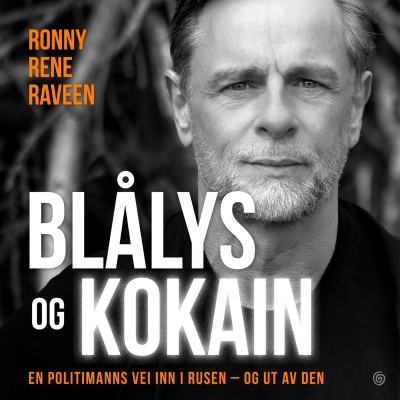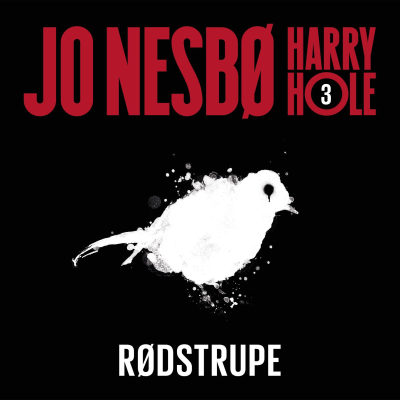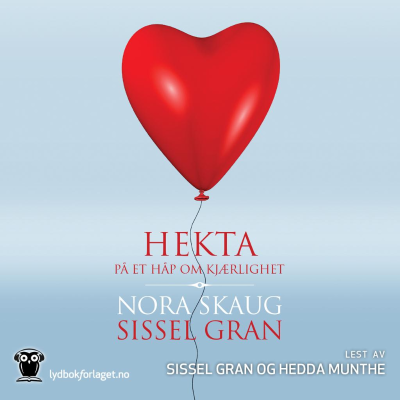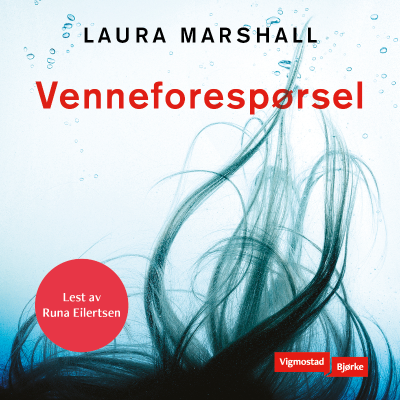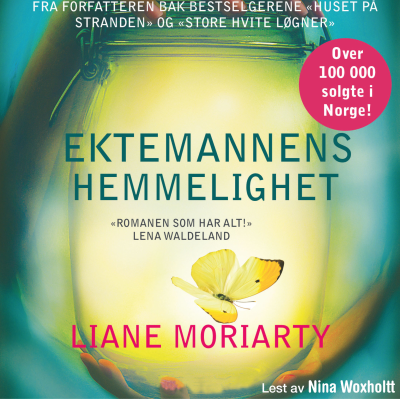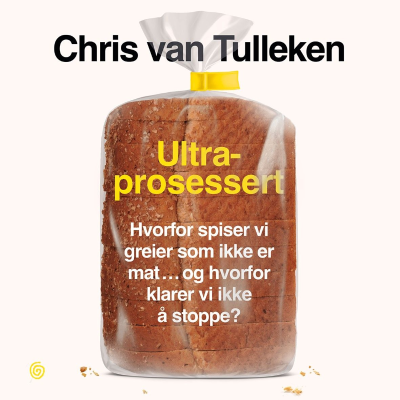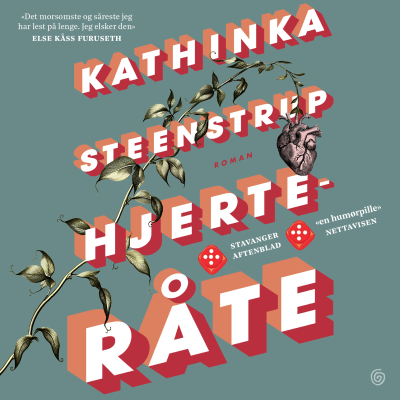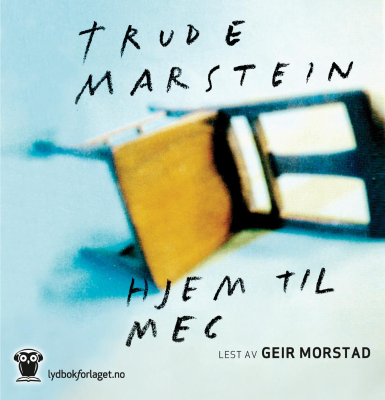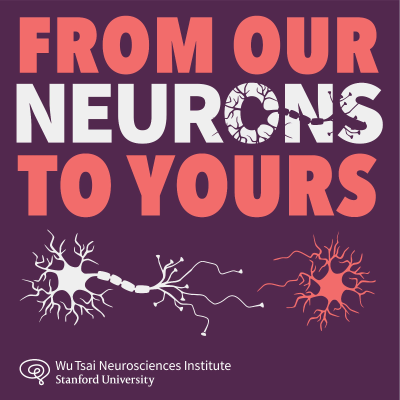
From Our Neurons to Yours
engelsk
Teknologi og vitenskap
Prøv gratis i 14 dager
99 kr / Måned etter prøveperioden.Avslutt når som helst.
- 20 timer lydbøker i måneden
- Eksklusive podkaster
- Gratis podkaster
Les mer From Our Neurons to Yours
This award-winning show from Stanford’s Wu Tsai Neurosciences Institute is a field manual for anyone who wants to understand their own brain and the new science reshaping how we learn, age, heal, and make sense of ourselves.Each episode, host Nicholas Weiler sits down with leading scientists to unpack big ideas from the frontiers of the field—brain-computer interfaces and AI language models; new therapies for depression, dementia, and stroke; the mysteries of perception and memory; even the debate over free will. You’ll hear how basic research becomes clinical insight and how emerging tech might expand what it means to be human. If you’ve got a brain, take a listen.
Alle episoder
69 Episoder"The Emergent Mind: How Intelligence Arises in People and Machines" | Jay McClelland
The AI revolution of the past few years is built on brain-inspired neural network models originally developed to study our own minds. The question is, what should we make of the fact that our own rich mental lives are built on the same foundations as the seemingly soulless chat-bots we now interact with on a daily basis? Our guest this week is Stanford cognitive scientist Jay McClelland [https://neuroscience.stanford.edu/people/jay-mcclelland], who has been a leading figure in this field since the 1980s, when he developed some of the first of these artificial neural network models. Now McClelland has a new book, co-authored with SF State University computational neuroscientist Gaurav Suri [https://www.suriradlab.com/], called "The Emergent Mind: How Intelligence Arises in People and Machines [https://www.hachettebookgroup.com/titles/gaurav-suri/the-emergent-mind/9781541605282]." We spoke with McClelland about the entangled history of neuroscience and AI, and whether the theory of the emergent mind described in the book can help us better understand ourselves and our relationship with the technology we've created. Learn More New book sheds light on human and machine intelligence | Stanford Report [https://news.stanford.edu/stories/2025/10/emergent-mind-book-intelligence-humans-machines-neural-networks] How Intelligence – Both Human and Artificial – Happens | KQED Forum [https://www.kqed.org/forum/2010101911733/how-intelligence-both-human-and-artificial-happens] From Brain to Machine: The Unexpected Journey of Neural Networks | Stanford HAI [https://hai.stanford.edu/news/from-brain-to-machine-the-unexpected-journey-of-neural-networks] Wu Tsai Neuro's Center for Mind, Brain, Computation and Technology [https://neuroscience.stanford.edu/initiatives-centers/center-mind-brain-computation-and-technology] McClelland, J. L. & Rumelhart, D. E. (1981). An interactive activation model of context effects in letter perception: Part 1. An account of basic findings. Psychological Review, 88, 375-407. [PDF [https://web.stanford.edu/~jlmcc/papers/McClellandRumelhart81.pdf]] Rumelhart, D. E., McClelland, J. L., & the PDP research group. (1986). Parallel distributed processing: Explorations in the microstructure of cognition. Volumes I & II. Cambridge, MA: MIT Press. McClelland, J. L. & Rogers, T. T. (2003). The parallel distributed processing approach to semantic cognition. Nature Reviews Neuroscience, 4, 310-322. [PDF [https://web.stanford.edu/~jlmcc/papers/McCRogers03.pdf]] McClelland, J. L., Hill, F., Rudolph, M., Baldridge, J., & Schuetze, H. (2020). Placing language in and integrated understanding system: Next steps toward human-level performance in neural language models. Proceedings of the National Academy of Sciences, 117(42), 25966-25974. [https://web.stanford.edu/~jlmcc/papers/McCEtAl20PlacingLanguageInAnIntegratedUnderstandingSystem.pdf Send us a text! [https://www.buzzsprout.com/twilio/text_messages/2112871/open_sms] Thanks for listening! If you're enjoying our show, please take a moment to give us a review on your podcast app of choice and share this episode with your friends [https://www.buzzsprout.com/2112871/share]. That's how we grow as a show and bring the stories of the frontiers of neuroscience to a wider audience. We want to hear from your neurons! Email us at at neuronspodcast@stanford.edu Learn more about the Wu Tsai Neurosciences Institute at Stanford [http://neuroscience.stanford.edu] and follow us on Twitter [https://twitter.com/stanfordbrain], Facebook [https://www.facebook.com/WuTsaiNeurosciencesInstitute], and LinkedIn [https://www.linkedin.com/company/wu-tsai-neurosciences-institute].
Could brain implants read our thoughts? | Erin Kunz
Imagine what it’s like to lose your ability to speak. You know what you want to say, but the connection between your brain and the muscles that form words is no longer functioning. For people with conditions like ALS, or who experience a severe stroke, this is a devastating reality. Today's guest is Erin Kunz [https://neuroscience.stanford.edu/people/erin-kunz], a postdoctoral researcher in the Neural Prosthetics Translational Laboratory at Stanford, who is part of a global community of scientists working towards the vision of a brain–computer interface — or BCI — to bypass those broken circuits and restore the ability to speak to people with paralysis. We discuss how these BCIs work and the inspiring progress the tech has made in recent years, as well as the troubling question of whether a technology designed to decode what people intend to say from their brain activity could one day read out thoughts they never intended to communicate? Learn More * Study of promising speech-enabling interface offers hope for restoring communication [https://med.stanford.edu/news/all-news/2025/08/brain-computer-interface.html] (Stanford Medicine, 2025) * For Some Patients, the ‘Inner Voice’ May Soon Be Audible [https://www.nytimes.com/2025/08/14/science/brain-neuroscience-computers-speech.html] (The New York Times, 2025) * These brain implants speak your mind — even when you don't want to [https://www.npr.org/sections/shots-health-news/2025/08/20/nx-s1-5506334/brain-computer-implant-speak-inner-speech-mind] (NPR, 2025) * A mind-reading brain implant that comes with password protection [https://www.nature.com/articles/d41586-025-02589-5](Nature, 2025) * How neural prosthetics could free minds trapped by brain injury [https://neuroscience.stanford.edu/news/best-how-neural-prosthetics-could-free-minds-trapped-brain-injury](From Our Neurons to Yours, 2024) * Brain implants, software guide speech-disabled person’s intended words to computer screen [https://med.stanford.edu/news/all-news/2023/08/brain-implant-speech-als.html] (Stanford Medicine, 2023) * Software turns ‘mental handwriting’ into on-screen words, sentences [https://med.stanford.edu/news/all-news/2021/05/software-turns-handwriting-thoughts-into-on-screen-text.html] (Stanford Medicine, 2021) Send us a text! [https://www.buzzsprout.com/twilio/text_messages/2112871/open_sms] Thanks for listening! If you're enjoying our show, please take a moment to give us a review on your podcast app of choice and share this episode with your friends [https://www.buzzsprout.com/2112871/share]. That's how we grow as a show and bring the stories of the frontiers of neuroscience to a wider audience. We want to hear from your neurons! Email us at at neuronspodcast@stanford.edu Learn more about the Wu Tsai Neurosciences Institute at Stanford [http://neuroscience.stanford.edu] and follow us on Twitter [https://twitter.com/stanfordbrain], Facebook [https://www.facebook.com/WuTsaiNeurosciencesInstitute], and LinkedIn [https://www.linkedin.com/company/wu-tsai-neurosciences-institute].
NeuroForecasting: how brain activity can predict stock prices or viral videos | Brian Knutson
Neuroscientists have spent the past few decades tracing the network of brain systems—some deep and emotional, and others more analytical and deliberate— that work together as we make tough choices like where to invest our money as well as more everyday decisions like which videos to watch online—or, for that matter, which podcast to listen to. You can imagine that the ability to listen in on the brain systems that guide our choices might start to let scientists predict our decisions. But today's guest has taken this a step further, showing that measuring brain activity in just a few individuals can actually forecast widespread social behaviors, like which stock prices are likely to go up or down on the market, or which videos are likely to go viral. Join us as we talk with Brian Knutson [https://neuroscience.stanford.edu/people/brian-knutson], a professor of psychology in Stanford's School of Humanities and Sciences, about the frontiers of neuroeconomics, bridging psychology, economics, and neuroscience. Learn More * SPANlab [https://spanlab.stanford.edu/] (Symbiotic Project on Affective Neuroscience) * NeuroChoice: Eight years of forging connections to illuminate and empower choice [https://neuroscience.stanford.edu/news/neurochoice-eight-years-forging-connections-illuminate-and-empower-choice] (Wu Tsai Neurosciences Institute, 2024) * Brain imaging links stimulant-use relapse to distinct nerve pathway [https://neuroscience.stanford.edu/news/brain-imaging-links-stimulant-use-relapse-distinct-nerve-pathway] (Wu Tsai Neurosciences Institute, 2022) * Brain activity data may improve stock market forecasts, study shows [https://www.theguardian.com/science/2021/mar/08/brain-activity-data-may-improve-stock-market-forecasts-study-shows] (The Guardian, 2021) * Your brain knows whether a video will go viral online [https://news.stanford.edu/stories/2020/03/brain-knows-whether-video-will-go-viral-online] (Stanford Report, 2020) * Odds are good that risky gambling choices are influenced by a single brain connection, Stanford research shows [https://news.stanford.edu/stories/2016/01/addiction-brain-connection-010716] (Stanford Report, 2016) * Smile boosts chances of getting a microloan, say Stanford psychologists [https://news.stanford.edu/stories/2015/08/micro-loans-psychology-082015] (Stanford Report, 2015) * Stanford scientists see how the brain makes environmental decisions [https://news.stanford.edu/stories/2015/09/eco-brain-study-091115] (Stanford Report, 2015) Send us a text! [https://www.buzzsprout.com/twilio/text_messages/2112871/open_sms] Thanks for listening! If you're enjoying our show, please take a moment to give us a review on your podcast app of choice and share this episode with your friends [https://www.buzzsprout.com/2112871/share]. That's how we grow as a show and bring the stories of the frontiers of neuroscience to a wider audience. We want to hear from your neurons! Email us at at neuronspodcast@stanford.edu Learn more about the Wu Tsai Neurosciences Institute at Stanford [http://neuroscience.stanford.edu] and follow us on Twitter [https://twitter.com/stanfordbrain], Facebook [https://www.facebook.com/WuTsaiNeurosciencesInstitute], and LinkedIn [https://www.linkedin.com/company/wu-tsai-neurosciences-institute].
"Why Brains Need Friends: The Neuroscience of Social Connection" | Ben Rein
We are more isolated from one another than ever before — by our technology, by our political divides, and most of all, by our choices. This week on the show, we talk with neuroscientist Ben Rein about why this social isolation is terrible for our health — implicated in not only rising rates of mental illness, but also heart disease, dementia and more. We discuss Ben's new book, "Why Brains Need Friends: The Neuroscience of Social Connection" [https://www.penguinrandomhouse.com/books/761227/why-brains-need-friends-by-ben-rein-phd/], published earlier this week, and try to work out a plan for an improved social diet to restore our brains — and our society — to good health. Learn More: * Ben Rein's website [https://www.benrein.com/] * Publisher's website [https://www.penguinrandomhouse.com/books/761227/why-brains-need-friends-by-ben-rein-phd/] * References [https://www.benrein.com/email-form-wbnf] from the book * Social Journaling template [https://www.benrein.com/email-form-wbnf] --- We are honored to have won a silver Signal Award for best science and education podcast of 2025 [https://www.signalaward.com/winners/details/?utm_campaign=signal4_winners_gallerylinksnotification_1015&utm_medium=email&utm_source=cio#wu-tsai-neurosciences-institute,-stanford-university---stanford/from-our-neurons-to-yours/1/619618], as well as an audience choice award — thanks so much to everyone who voted for the show! --- We want to hear from your neurons! Email us at at neuronspodcast@stanford.edu Send us a text! [https://www.buzzsprout.com/twilio/text_messages/2112871/open_sms] Thanks for listening! If you're enjoying our show, please take a moment to give us a review on your podcast app of choice and share this episode with your friends [https://www.buzzsprout.com/2112871/share]. That's how we grow as a show and bring the stories of the frontiers of neuroscience to a wider audience. We want to hear from your neurons! Email us at at neuronspodcast@stanford.edu Learn more about the Wu Tsai Neurosciences Institute at Stanford [http://neuroscience.stanford.edu] and follow us on Twitter [https://twitter.com/stanfordbrain], Facebook [https://www.facebook.com/WuTsaiNeurosciencesInstitute], and LinkedIn [https://www.linkedin.com/company/wu-tsai-neurosciences-institute].
From doodles to Descartes: sketching and the human cognitive toolkit | Judith Fan
Before the written word — and possibly even before speech — humans have communicated through drawing. From crude scratches in the dirt or on cave walls to the arcane symbology of the laboratory whiteboard, our instinct for conveying our thoughts visually is pretty extraordinary. We see or understand something in the world, we build an idea in our mind of what we think we see, and then using our hand and the utensil we re-create it to communicate the share our perception with others. Along the way, we add in our own understanding and experience to craft that communication in ways that might not correspond with a specific object in the world at all. How we do this — and how we can learn to be better visual communicators — is at the heart of our conversation with Judy Fan [https://psychology.stanford.edu/people/judith-ellen-fan], who runs the Cognitive Tools Lab in Stanford University's Department of Psychology. We've been nominated for a 2025 Signal Award for Best Science & Education Podcast! Vote for us in the "Listener's Choice" category by October 9. [https://vote.signalaward.com/PublicVoting#/2025/brand-storytelling/genre/science-education] Learn More: * Cognitive Tools Lab [https://cogtoolslab.github.io/], Stanford Department of Psychology * Fan, J., et al. (2023) "Drawing as a versatile cognitive tool." Nature Reviews Psychology [https://www.nature.com/articles/s44159-023-00212-w]. (pdf [https://cogtoolslab.github.io/pdf/fan_nrp_2023.pdf]) * Hawkins, R., Sano, M., Goodman, N., and Fan, J. (2023). Visual resemblance and interaction history jointly constrain pictorial meaning. Nature Communications. [pdf [https://cogtoolslab.github.io/pdf/hawkins_natcomms_2023.pdf]] * Fan, J., et al. (2020). Relating visual production and recognition of objects in human visual cortex. Journal of Neuroscience. [pdf [https://cogtoolslab.github.io/pdf/fan_jneuro_2019.pdf]] * Fan, J., Yamins, D., and Turk-Browne, N. (2018). Common object representations for visual production and recognition. Cognitive Science. [pdf [https://cogtoolslab.github.io/pdf/fan_cs_2018.pdf]] * More recent papers [https://cogtoolslab.github.io/papers.html] We want to hear from your neurons! Email us at at neuronspodcast@stanford.edu Send us a text! [https://www.buzzsprout.com/twilio/text_messages/2112871/open_sms] Thanks for listening! If you're enjoying our show, please take a moment to give us a review on your podcast app of choice and share this episode with your friends [https://www.buzzsprout.com/2112871/share]. That's how we grow as a show and bring the stories of the frontiers of neuroscience to a wider audience. We want to hear from your neurons! Email us at at neuronspodcast@stanford.edu Learn more about the Wu Tsai Neurosciences Institute at Stanford [http://neuroscience.stanford.edu] and follow us on Twitter [https://twitter.com/stanfordbrain], Facebook [https://www.facebook.com/WuTsaiNeurosciencesInstitute], and LinkedIn [https://www.linkedin.com/company/wu-tsai-neurosciences-institute].
Velg abonnementet ditt
Premium
20 timer lydbøker
Eksklusive podkaster
Gratis podkaster
Avslutt når som helst
Prøv gratis i 14 dager
Deretter 99 kr / month
Premium Plus
100 timer lydbøker
Eksklusive podkaster
Gratis podkaster
Avslutt når som helst
Prøv gratis i 14 dager
Deretter 169 kr / month
Prøv gratis i 14 dager. 99 kr / Måned etter prøveperioden. Avslutt når som helst.
